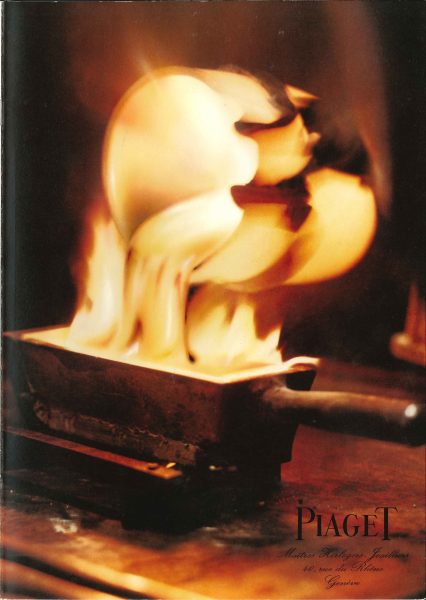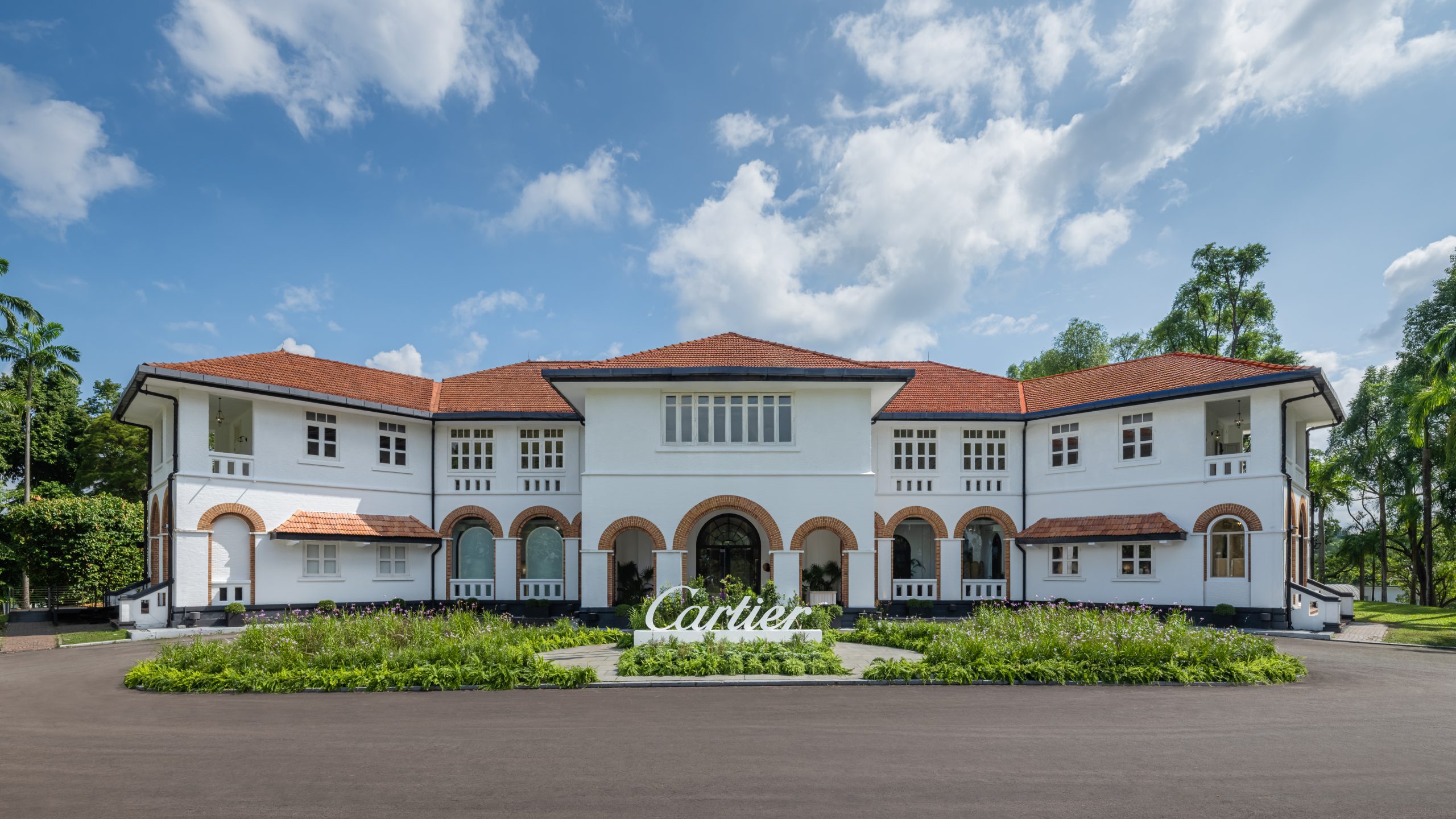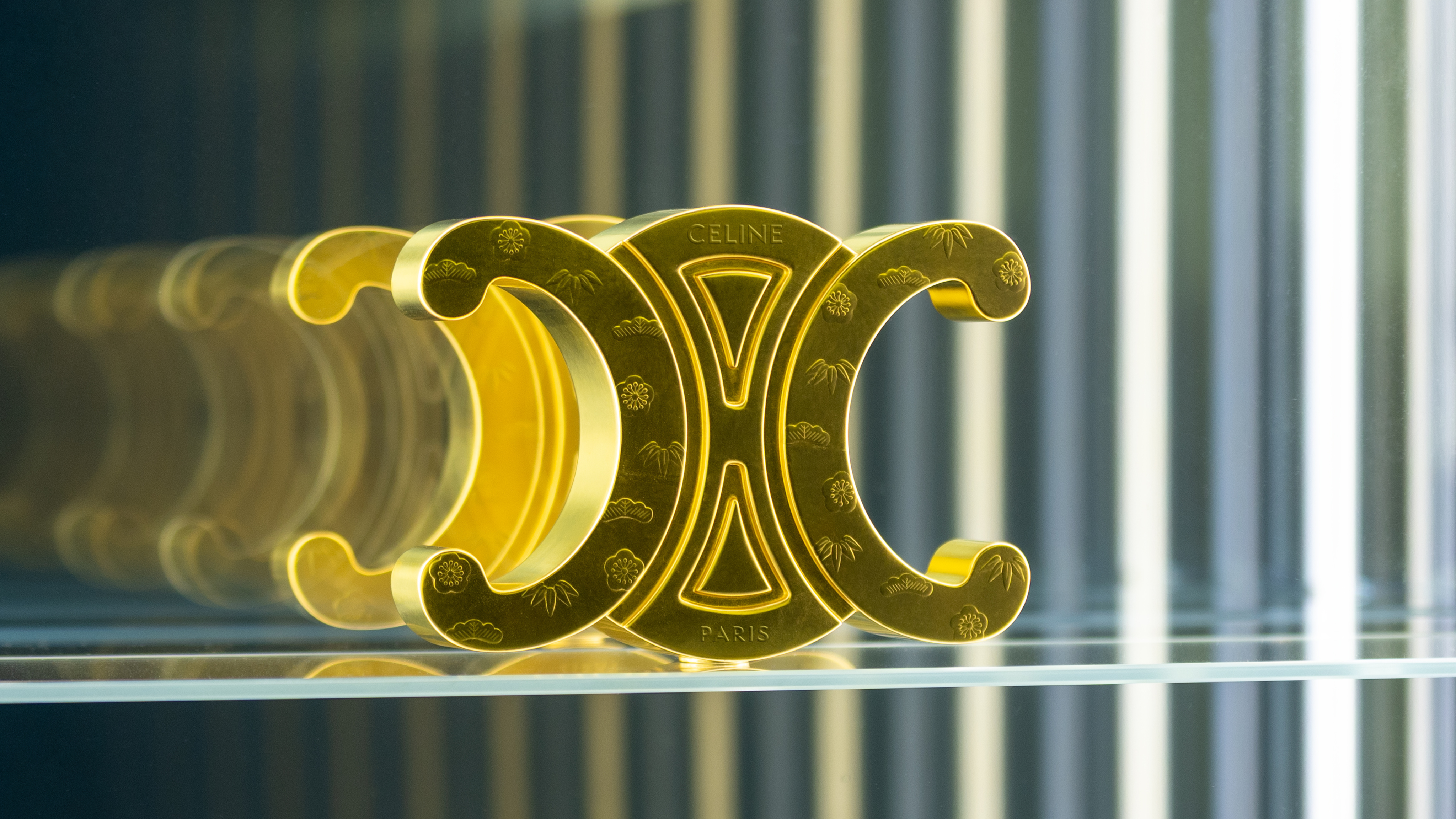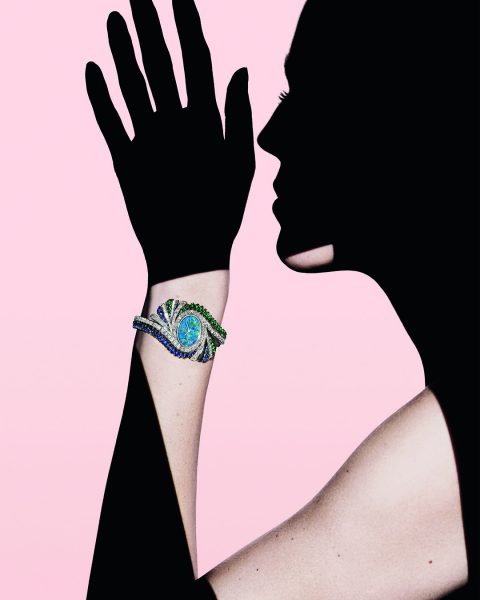
“There is one stone that perfectly captures the richness of planet Earth: the opal. Opals are made up of crystals, which differ in terms of their physical structure and chemical composition. Despite their varying properties, the crystals communicate with each other, cemented together in the same stone. To me, the world according to Piaget is like an opal.”
Yves Piaget
ART MEETS CRAFTSMANSHIP
This is a story of family loyalty, which unfolds like a legend, like an epic poem. Loyalty drove the Piaget family to invent a world that has become legendary over the course of its history, a world governed by a sense of extended family, whose members are bound by creativity, daring design and exceptional savoir-faire. The pioneering spirit of the Maison’s founder, Georges-Édouard Piaget, has rippled through the family’s generations and, in the late 1950s, led to an invention that would unleash designers’ imaginations: the ultra-thin movement. Carrying on a legacy as inventive as it was exacting, Valentin, the third-generation scion, was the first to send designers to Paris so that they could draw inspiration from Haute Couture fashion shows. At Piaget, goldsmithing reigns supreme. Within the Ateliers de l’Extraordinaire, master artisans harness skills that have been preserved and perfected from generation to generation, transforming gold, ornamental stones and precious gems into dazzling works of art. Opening in 1959, Piaget’s first boutique was named ‘Salon Piaget’. It was not just a shop; it was a destination. An intimate haven with an unforgettable atmosphere. Within its walls, craftsmanship was seen as an art, and artisans were recognised as artists. In the early 1960s, Yves Piaget, the family’s fourth-generation descendant, joined the company. Under his guidance, the Maison founded in La Côte-aux-Fées in the Swiss Jura mountains burst onto the international stage, with its avant-garde collections heralding a new aristocracy of clients.
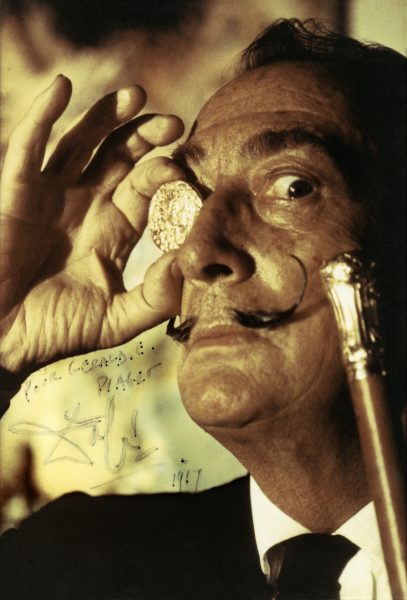
The first High Jewellery creations launched by Piaget in 1959 were strikingly original treasures blending asymmetrical lines and mixed stone cuts. These pieces were meticulously crafted, timeless works of art. Their elegant and daring designs would draw the attention of some of the era’s brightest stars, including Jacqueline Kennedy Onassis, Elizabeth Taylor and Gina Lollobrigida. This display of talent would also lay the foundations for close collaborations with artists, starting with Salvador Dalí in 1967.

Unlike traditional shop windows, the windows of Piaget boutiques are narrow, bringing together a select display of wonders that compel passers-by to stop and examine them more closely. The sign above the door has an aura of mystery, sparking desire. Even in 1959, Salon Piaget looked more like an art gallery than a shop: a boldly designed oasis, a place that celebrated craftsmanship and extraordinary treasures. This multifaceted and sparkling boutique became a unique place for paths to cross, paving the way for the Piaget Society. This was an era of cultural effervescence. “We create watches, we don’t manufacture them,” stressed Yves Piaget. The round or square cases of his gold creations were adorned with gadroons that framed the dials with spectacular decorative features: captivating red moss agate, striated emerald-green jasper and searing turquoise. These jewellery watches attracted the attention of the jet set, a glamorous community of designers, actors, musicians and models who made up the hedonistic artistic intelligentsia of their time. Andy Warhol would later become their undisputed leader. Piaget became a world of its own. A world of creativity and passion, combining elective affinity with diverse encounters. A creative workshop, a watchmaking firm and a High Jewellery Maison, this small company became a platform for artistic and cultural discovery. It was a place to be, elitist yet inclusive, where every client could experience a historic moment.
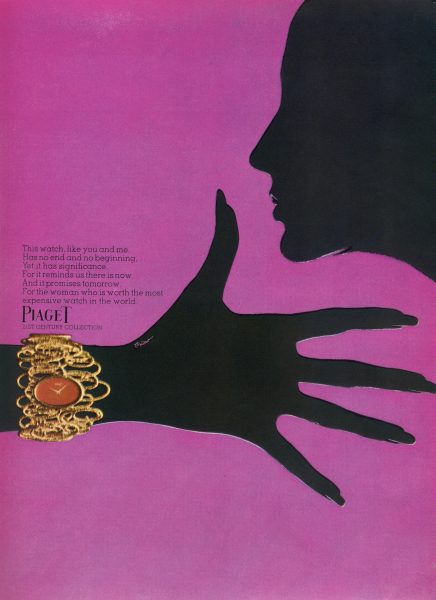
A NEW EXPERIENCE OF TIME
A charismatic figure, a keen traveller and a lover of roses and horse riding, Yves Piaget cherished the sense of extended family. He formed genuine friendships with his clients, as well as with actresses, artists and businessmen. Clients became his friends and friends became his clients. With no hierarchy or strategy in place, Yves Piaget spontaneously established the outlines of a society that allowed a variety of figures to rub shoulders who would never have met without his help. He sketched out a world that drew inspiration and strength from unique personalities and their various talents. The Piaget Society was a network of intimate relationships in constant flux, a tapestry of blossoming personalities and stories. Its reputation influenced the era itself. In the 70s and 80s, iconic figures on the international stage, such as Ursula Andress and Roger Moore, gravitated towards the Piaget Society. With his keen intuition and his power to forge relationships, Yves Piaget broke down barriers to bring people together. Able to plan unique trajectories that allowed even the most contradictory paths to cross, he organised events where clients, artists, celebrities and friends of the Maison spent time together in magical places with spectacular surroundings. These events not only showcased the Maison’s collections but also its strong creative momentum. The spirit of the Piaget Society, which first spread across Europe and then to the United States, became one of the Maison’s signature features, intensifying Piaget’s aura. This was the golden age of the early 80s, defined by extravagance and celebration: an age of economic empowerment and festive liberation in the sphere of high society. From Capri to Saint-Tropez, from Palm Springs, Monaco or Portofino in summer to Gstaad, Aspen or Courchevel in winter, the Piaget Society caused a new way of life to emerge, glamorous and serenely opulent, allowing its members to experience a lifestyle that was both elegant and exuberant. Piaget parties became unmissable events. Concerts, performances and dinners regularly took place in iconic palaces such as Hôtel Hermitage, Eden Rock or The Breakers. In these exclusive locations, a family feeling developed within this close inner circle, built on a sense of intimacy and freedom. These decisive years for the Maison have continued to influence the company throughout its contemporary history. The spirit of the Piaget Society still reigns over the brand: avant-garde icons from the past continue to inspire designs for new creations, and all the unique moments of the Maison’s history combine to form a golden thread linking its different eras.
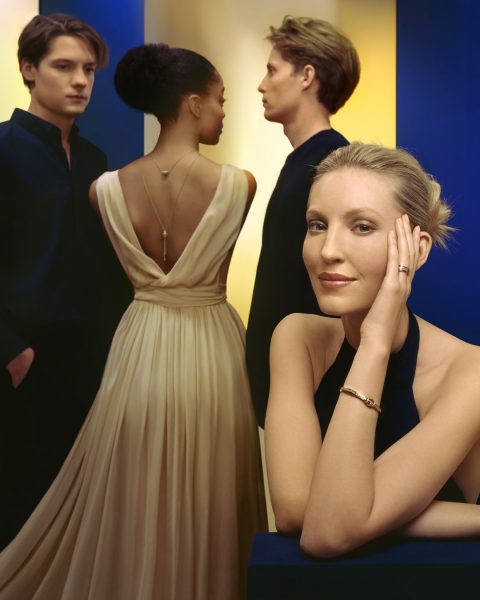
A new generation of inspiring figures now make up the Piaget Society: a community of friends and family led by Ella Richards. The granddaughter of Keith Richards, daughter of Lucie de la Falaise, and great-niece of Yves Saint Laurent’s muse Loulou, Ella symbolises ultimate chic combined with an impressive lineage. The Piaget world she inhabits is a new interpretation of the Maison’s radiant artistic spirit, made up of movement, music and dance.


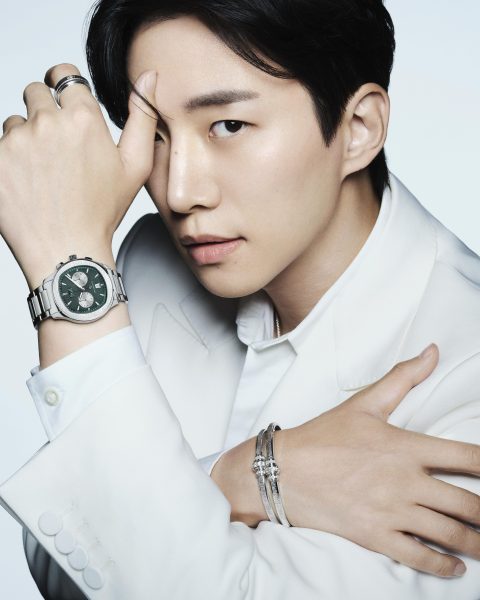
PIAGET AND WARHOL: ELECTIVE AFFINITY
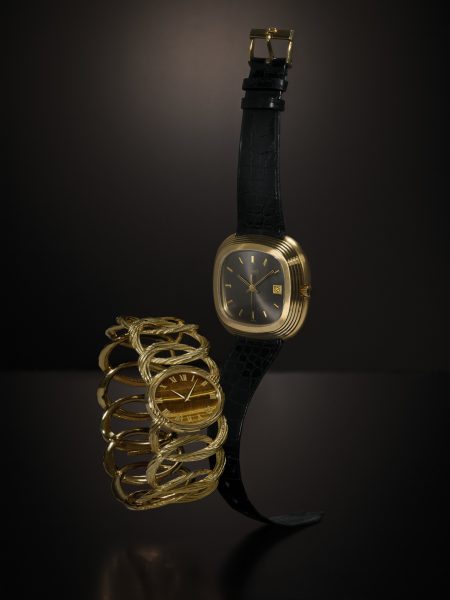
The artistic intelligentsia of the 80s, synonymous with spirit, talent and distinction, were strongly influenced by Andy Warhol. A figure who was as famous for his prints, his work as a music producer and his avant-garde films as he was for his connections with intellectuals, Hollywood stars and aristocrats. A highly publicised figure and the king of pop art, this artist was watched by the world as he immersed himself in both the underground scene and high society of his time. Yves Piaget and Andy Warhol met in 1979. Piaget’s most influential, most publicised and most lasting relationship may have been his friendship with Andy Warhol. The two men were both discreet yet flamboyant, spiritual and cultured. Their friendship was firmly rooted in art, culture and the emerging world of the media and the press. Yves Piaget and Andy Warhol often travelled together and met at the same events in New York or Palm Beach, Washington or Paris, encountering each other at Studio 54 and Chez Régine. In 1983, Andy Warhol devoted a high-profile interview to Yves Piaget, conducted by the gallery owner Robert Lee Morris, which featured in his famous magazine Interview. In the mid-70s, Andy Warhol came to Piaget to buy an inventive and sophisticated yellow-gold watch with a galvanised anthracite-coloured dial. An avant-garde piece, this was a watch for artists, thinkers and creators, tinged with the spirit of the jet set, which in its turn was endlessly inspired by Piaget’s daring vision. Warhol owned seven Piaget watches, including this yellow-gold model that beat to the tempo of the quartz movement Beta 21. This watch joined the ranks of the six Piaget watches he already owned, four of which are now part of Piaget’s Private Collection. However, it was this particular timepiece that would continue to be associated with him in people’s memories.
A LEGENDARY MOVEMENT
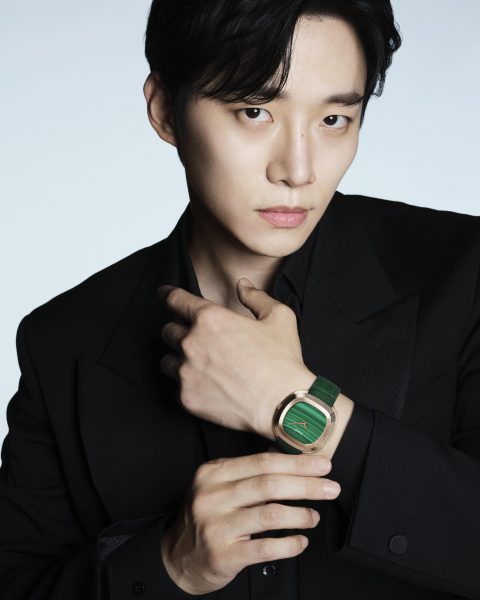
The flamboyant era of the Piaget Society shaped the Maison’s history and has now become the banner of a uniquely precious vintage watch. The piece reflects this virtuous circle, this creative chronology. An eternal style icon with stunning curved lines, once a favourite of Andy Warhol’s, this watch has become legendary and is now marking its triumphant return to the Maison. It has been renamed the Andy Warhol watch. All the glamour, daring and creativity of the Piaget Society shine through in this one-of-a-kind object of desire, passing on the legacy of a bygone era that constantly went against the tide. With its 45 mm-diameter case, the Andy Warhol is a collectors’ watch, ideal for those hunting for rare timepieces decorated with the Maison’s signature ornamental stones. A symbol of pop culture and the free celebratory spirit of the Piaget Society, the Andy Warhol watch is the ultimate mark of distinction and luxury, a watch whose curved lines have changed the course of history.
View this post on Instagram
Apo Nattawin Ella Richards Lee Jun Ho Maison of Extraleganza Piaget Piaget Society

